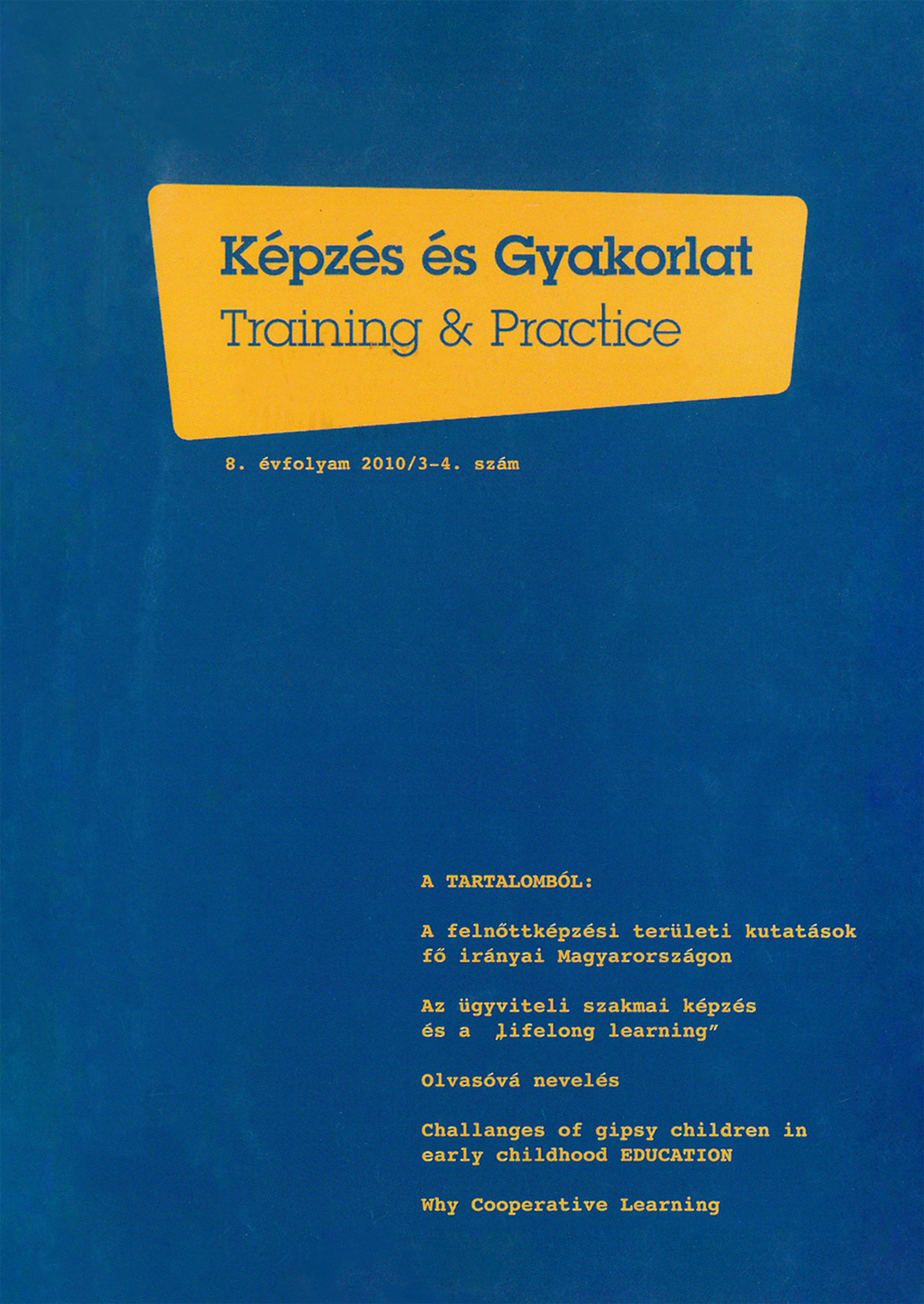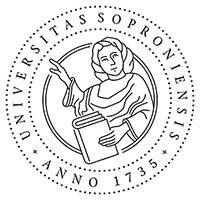Cultural Issues in Language Teaching Curricula
Absztrakt
The article deals with one of the most important aspects in L2 teaching methodology: the importance of cultural issues in language teaching curricula. Most attempts to set out the aims of Foreign Language Teaching include among the goals of a cultural component. ‘How should I include culture into teaching a language?’ - a language teacher asks. There is one main answer, and all the minor answers derive from that: use authentic materials. It is difficult to escape teaching culture if you use authentic documents. As soon as language learners come across something they do not understand – not linguistically, but from behavior viewpoint – the teacher has to explain the cultural background to provide deep understanding. By teaching about cultures we do not mean “lecturing” in a dull way about some events, places and people our students probably do not care about. We mean to apply active, interesting activities centered on being correctly understood.
Hivatkozások
Common European Framework of Reference for Languages: Learning, teaching, assessment. (2001). Cambridge University Press. 4–13;102–103;122
King,B.J. (2001): Debating Culture. Currrent Anthropology. Volume 42,number-3.June,441–443. doi: https://doi.org/10.1086/320485
Mason Timothy (2001): Culture and Language : What Relationship? Messages to FLTeach. Retrieved May 15, 2009
Stromquist, N.P. & Monkman, K. (2000). Defining globalization and assessing its implications on knowledge and education. In N.P. Stromquist & K. Monkman (eds) Globalization and education: integration and contestation across cultures. Lanham: Rowman & Littlefield, 2–3
Skutnabb-Kanngas, Tove (Ed.) (2000): Linguistic Genocide in Education – or Worldwide Diversity and Human Rights? Lawrence Erlbaum Associates, In http://www.timothyjpmason.com/WebPages/LangTeach/Licence/ FLTeach/Culture3.htm
Letöltések
Megjelent
Folyóirat szám
Rovat
License
Copyright (c) 2010 Daraselia Maya, Yojua Tamar, Tsontiashvili Zaza

This work is licensed under a Creative Commons Attribution-NonCommercial-NoDerivatives 4.0 International License.








